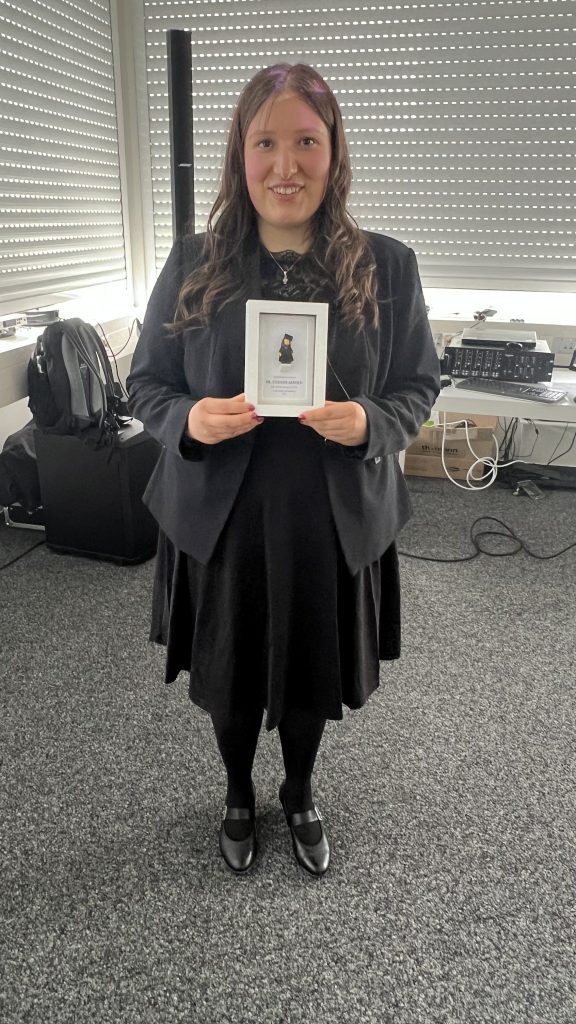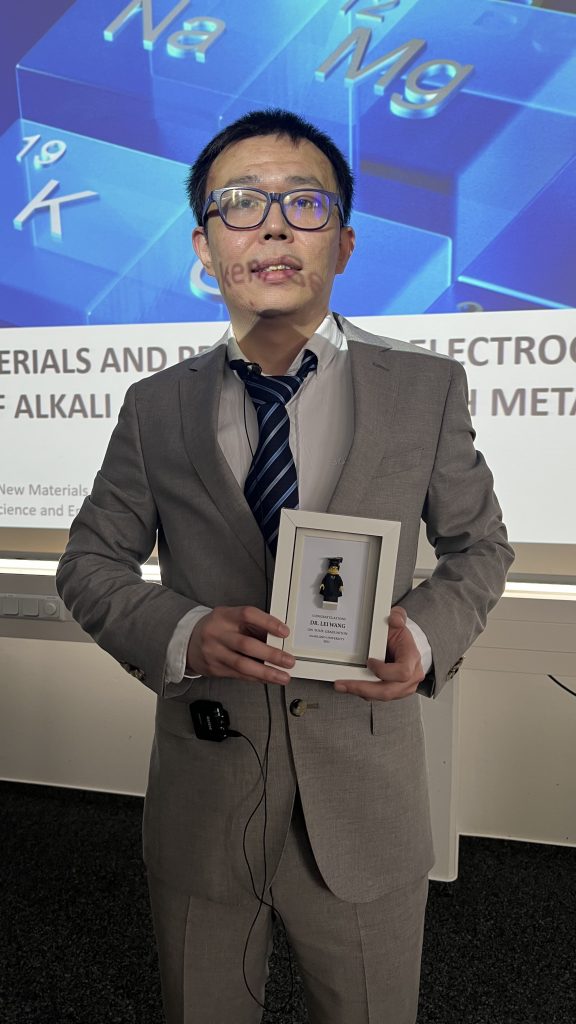New review paper published in Industrial Chemistry & Materials on utilizing the electrochemical quartz crystal microbalance (EQCM) to better understand the charge/discharge processes in supercapacitors.
Supercapacitors are renowned for their exceptional attributes, including high power density, fast charging capabilities, and remarkable cycling stability. To further enhance their potential, it is crucial to comprehend the intricacies of their charging processes. The EQCM, with its nanogram-level in situ mass change information, has played a pivotal role in unraveling these mechanisms.
Our paper provides a comprehensive review of the progress made in EQCM, covering theoretical fundamentals and its applications in supercapacitors. We also delve into the fundamental effects of ion desolvation and transport, shedding light on their impact on supercapacitor performance.
By thoroughly examining the advantages and limitations of EQCM in supercapacitors, we present a holistic view of this groundbreaking technique. Moreover, we propose future directions for further exploration in this dynamic field.
This work was done in collaboration with our long-time collaborator Guang Feng from the Interface and Transport Phenomena (ITP) Laboratory at Huazhong University of Science and Technology (HUST).




